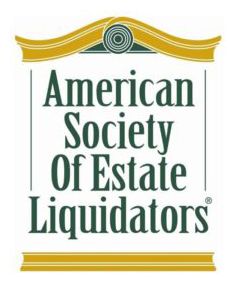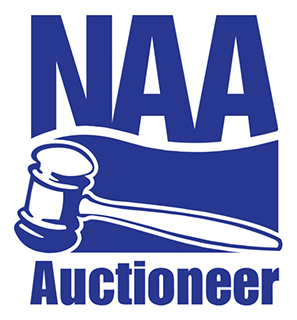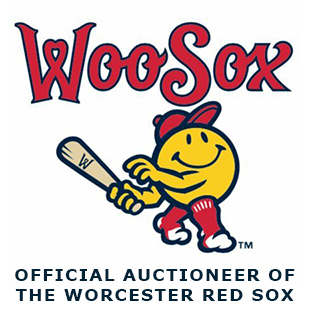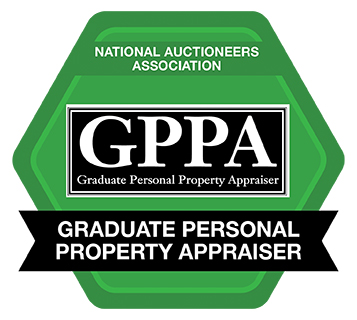Colonial American coins – coins that pre-date the American Revolution – are some of the rarest you can find. Sometimes called “Colonials” or “early American coins, these pieces represent a fascinating phase in the development of American currency and economic power. If you own or have inherited legal tender from the Colonies, you may have a coin-sized treasure chest.
Who produced Colonial coins?
Many of the coins circulating around the colonies were foreign silver coins produced by the Spanish, Dutch, British, and French.
In 1652 Massachusetts became the first colony to authorize the creation of its own mint house, in Boston. There moneyers would melt down foreign silver and bullion to produce coins of standardized weight and fineness. At that early stage Massachusetts still used British denominations, like the threepence, the sixpence, and the shilling.
What do Colonial American coins look like?
Most Colonials are flat and worn. On the earliest coins, you’ll see a small “NE” (for New England) on one side with a denomination in a Roman numeral.
As other colonies adopted the practice of minting their own coins, portraits of King George, shields, and other designs started to appear.
Either way, most of these coins appear very rough-hewn compared to those we see today, though that does not detract from their value. On the contrary, these coins are valuable because they are an ancestor, a seed, a prototype. They are a physical representation of a unique “in-between” time in American history.
How much are Colonial American coins worth?
A single one-shilling 1652 Boston Colonial sold for over $350,000 at a recent auction. A 1776 Silver Continental Dollar graded at NGC MS 63 sold at auction for over $1,410,000.
These coins are extremely rare, which makes them exceptionally valuable. Though they aren’t all worth quite that much, even a lower-grade coin may be worth several hundred to several thousand dollars.
What makes Colonial American coins valuable?
Two factors will determine the value of your Colonial coins.
The first is the coin’s condition, or “grade.” Coins are graded on a scale of 1 and 70, where 1 is Poor Condition, and 70 is Mint State. Most of the coins we find range from Fair (less valuable) to Very Fine (more valuable).
Markers of grade can include the amount of wear and tear on the coin, whether the major features are recognizable, whether the words are legible, and whether the devices on the coin are sharp and clear. Keep in mind that reeds were not present on the edges of US coins for many years. If the coin is ungraded, the appraiser may help you determine whether it is worth sending to PCGS for official grading. Officially graded coins in protective casings fetch the highest sale prices.
The second factor is the rarity of a coin. All Colonials are somewhat rare, but some years and types are rarer than others. When we appraise your coin, we’ll look at the year your coin was produced and the difficulty collectors may have in adding a coin of that year to their collections.
Get the Best Sale Price at Auction for Colonial American Coins
Selling for the highest price means getting your coin in front of serious numismatists passionate about early American and Colonial Coinage. That is a subset of all coin enthusiasts, but it is a very enthusiastic subset. It also means having your collection appraised so you know exactly how valuable it is and what to expect.
Central Mass Auctions can help you achieve both objectives, whether at a live auction or online auction. We can even help you hold a coin-specific auction if your collection is large enough. Call Central Mass Auctions at 508-612-6111, or email us to get started and to sell for top shilling at auction.




